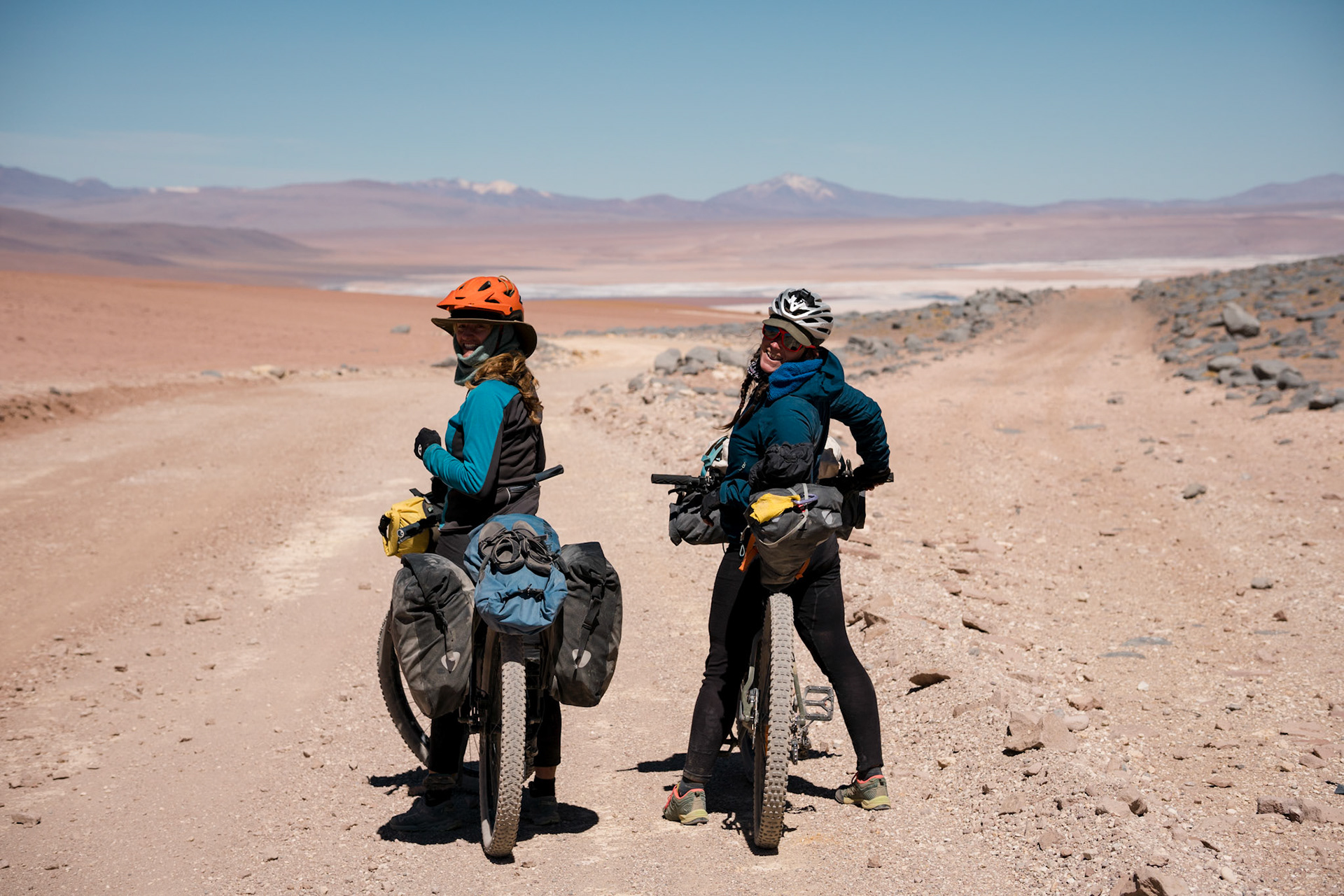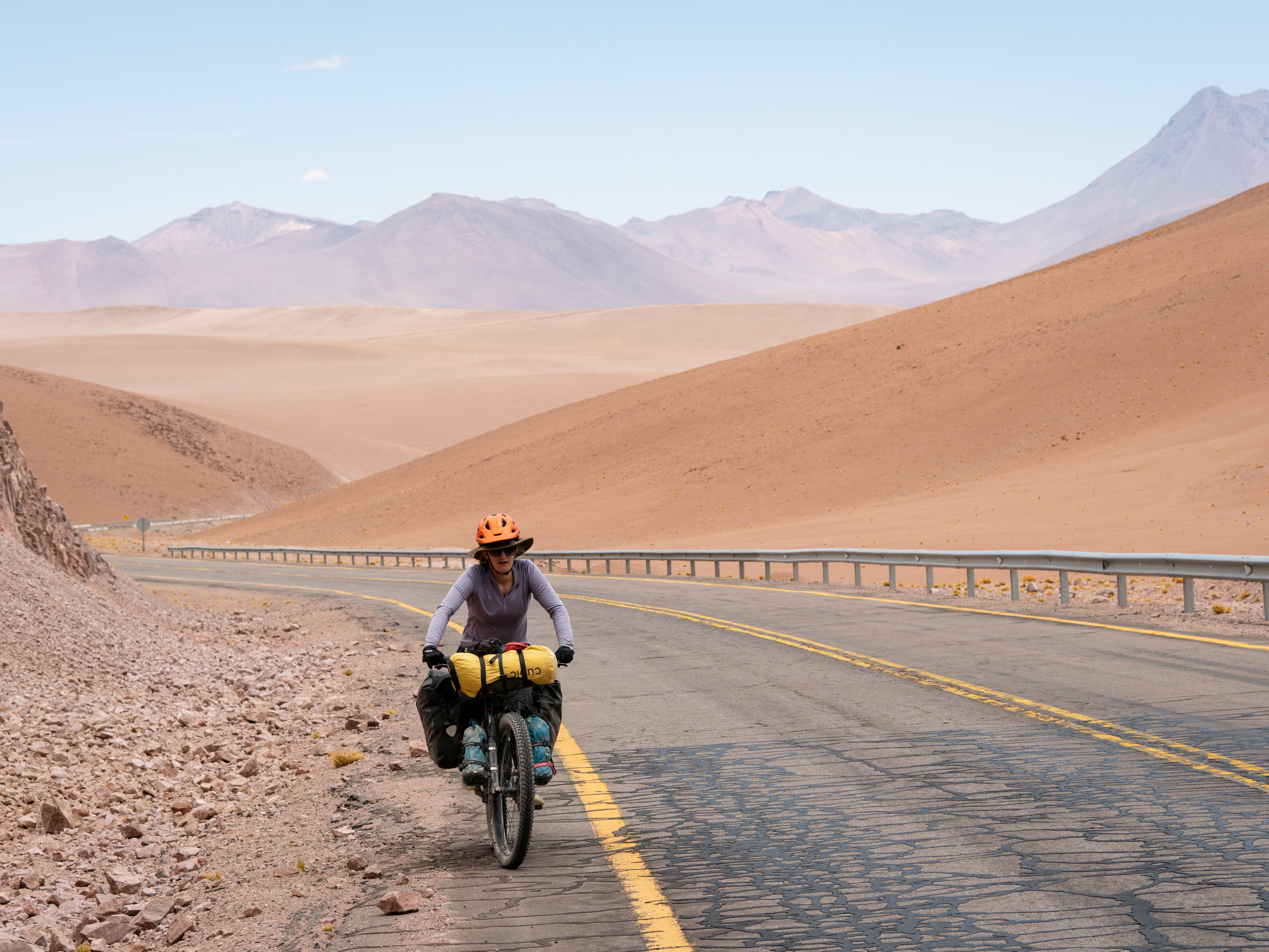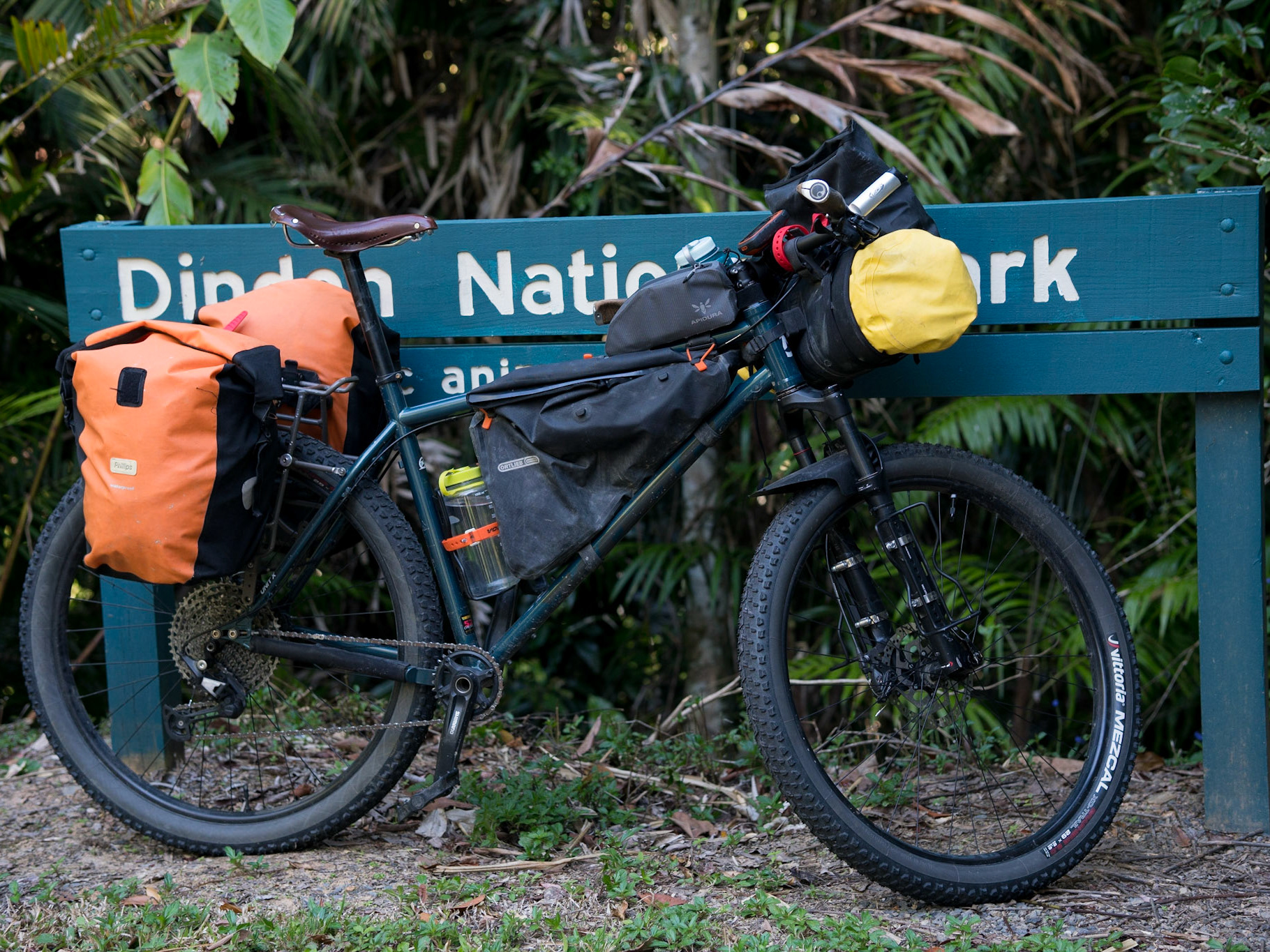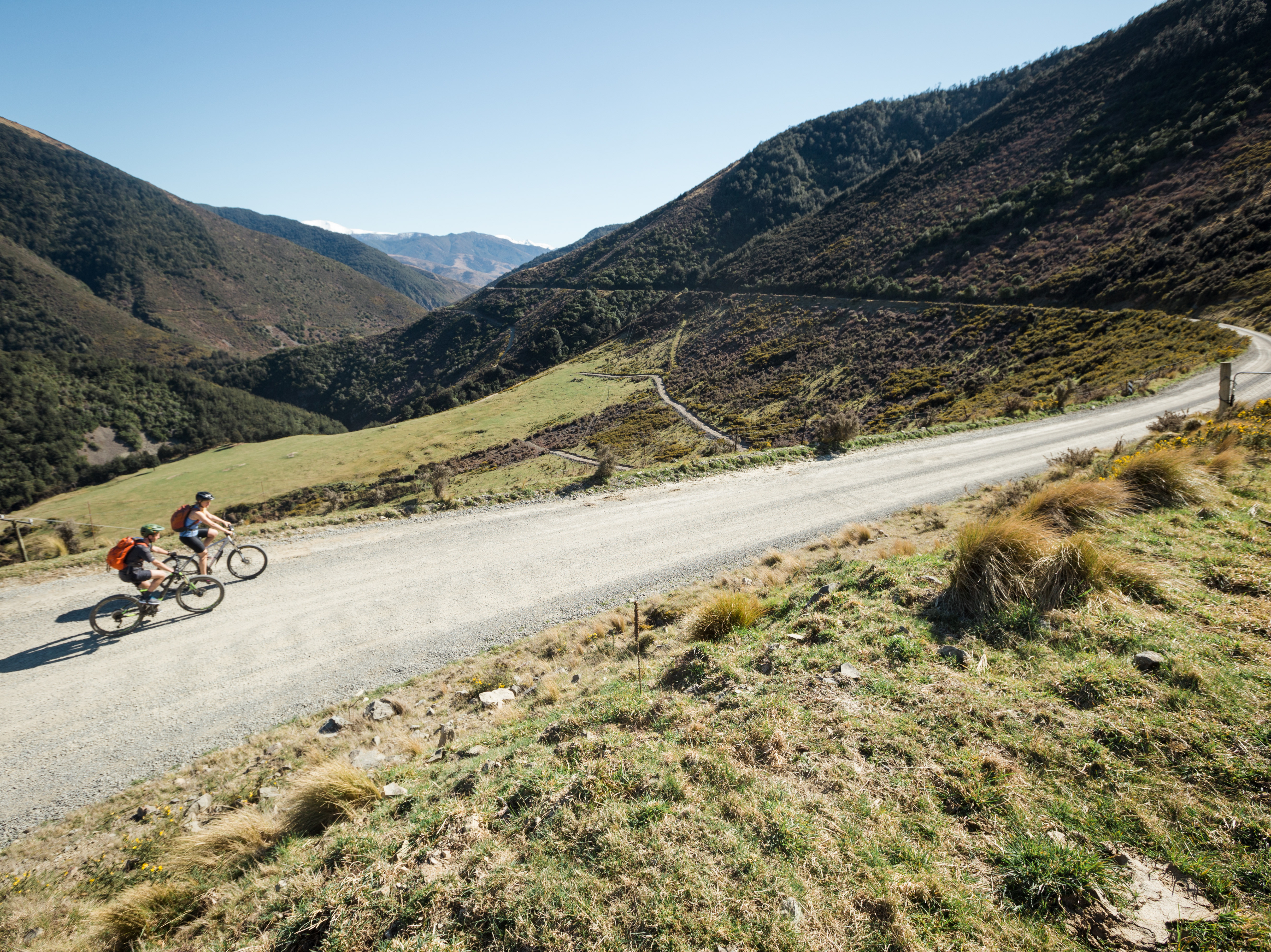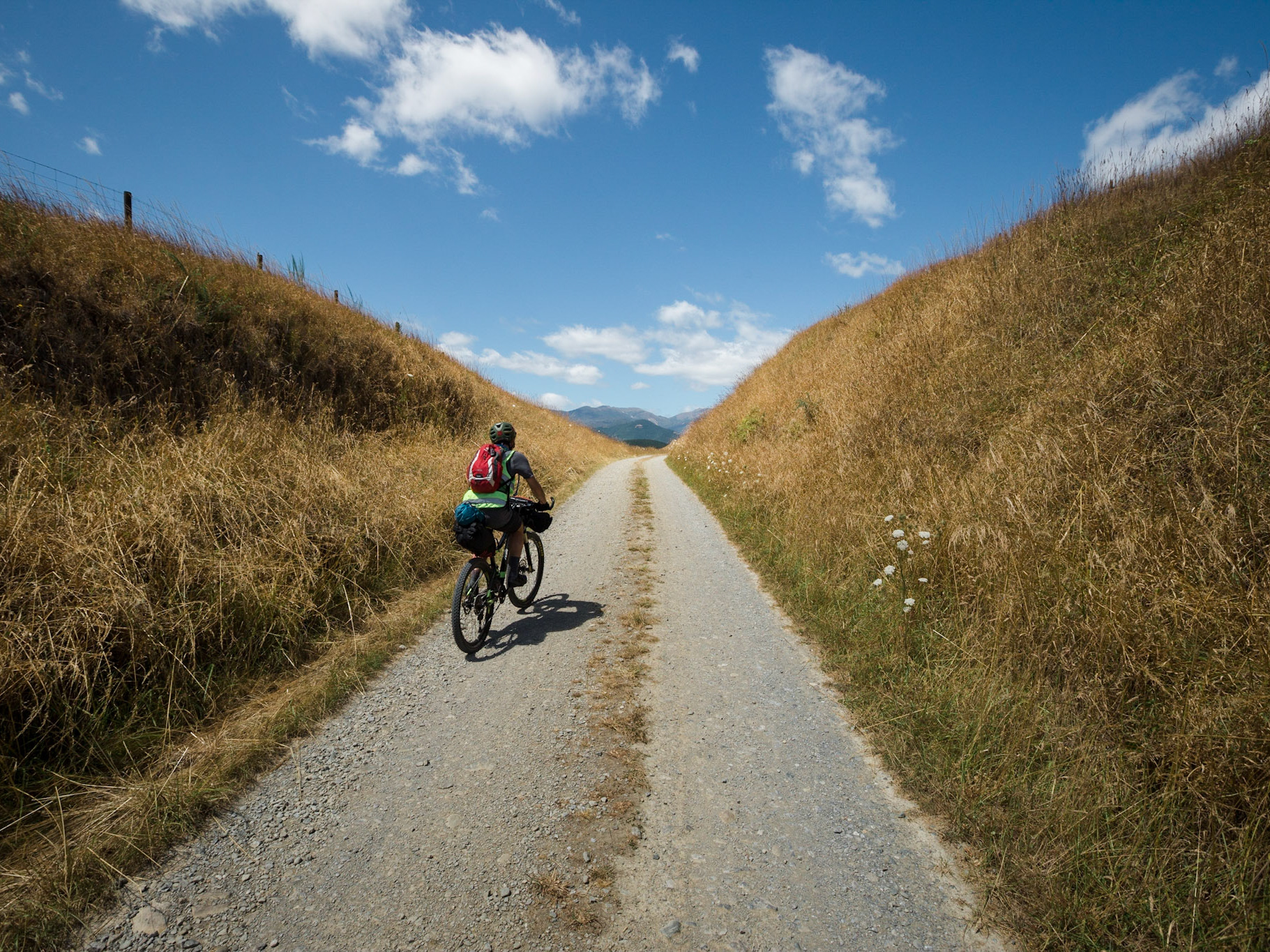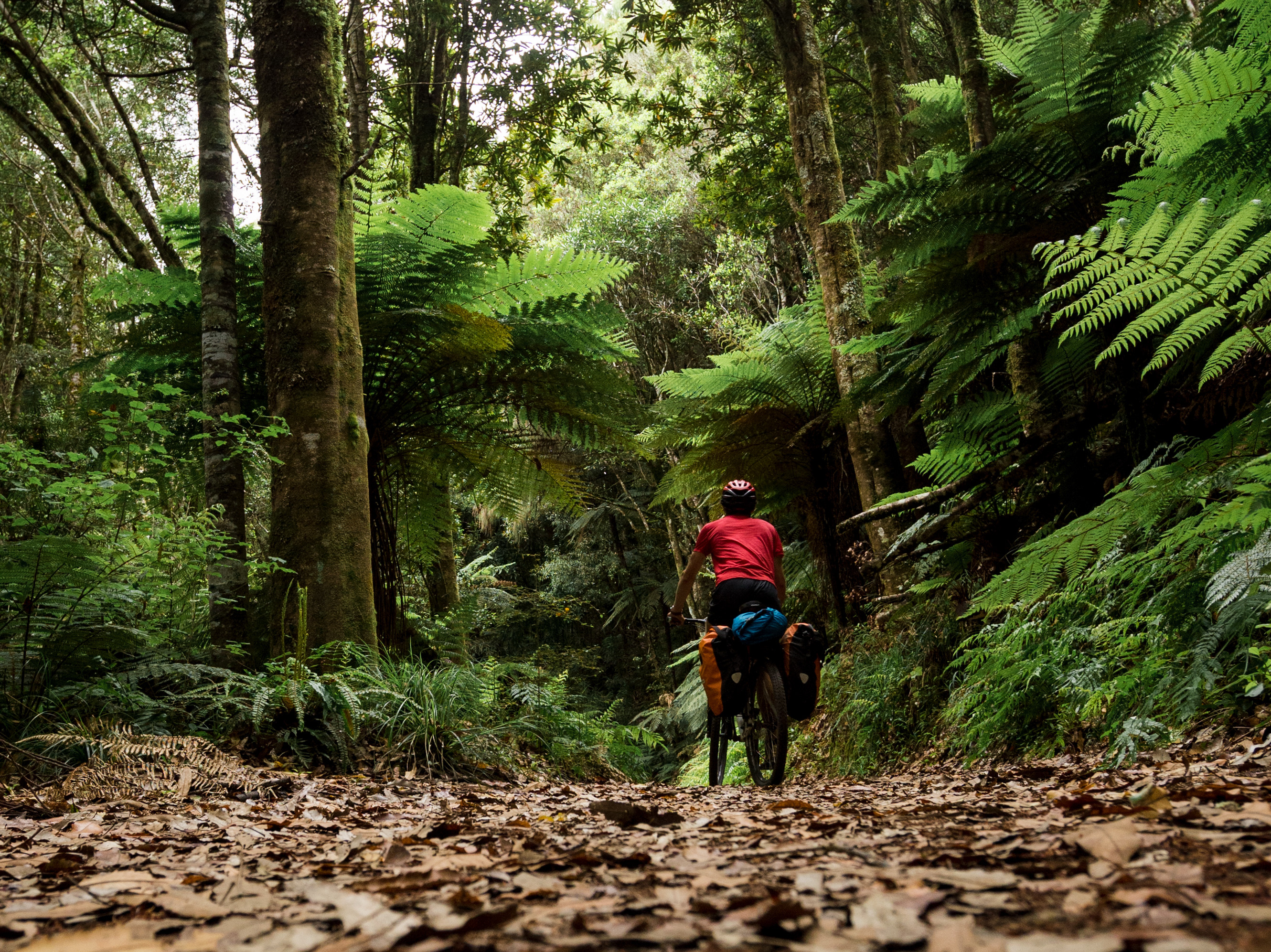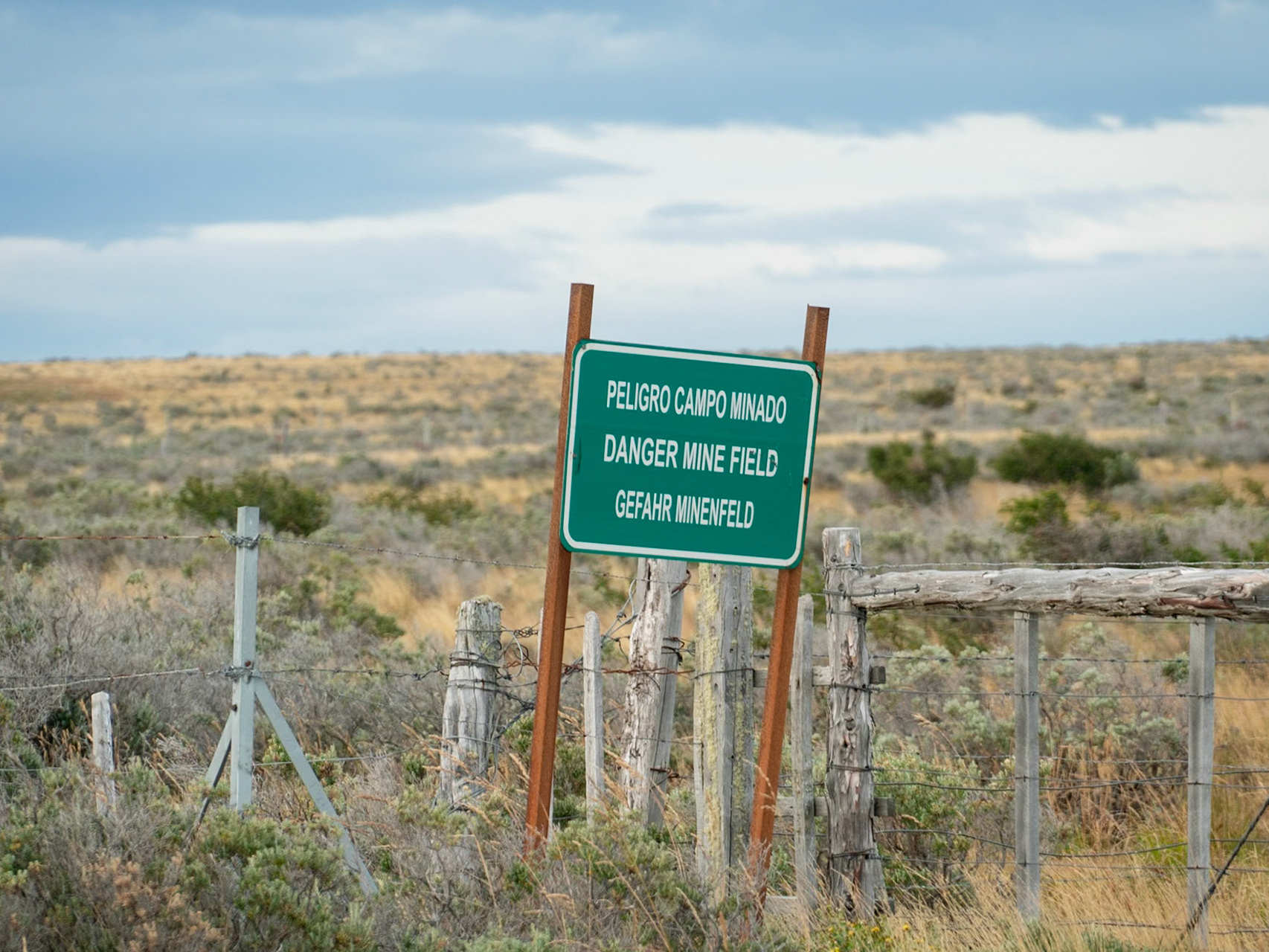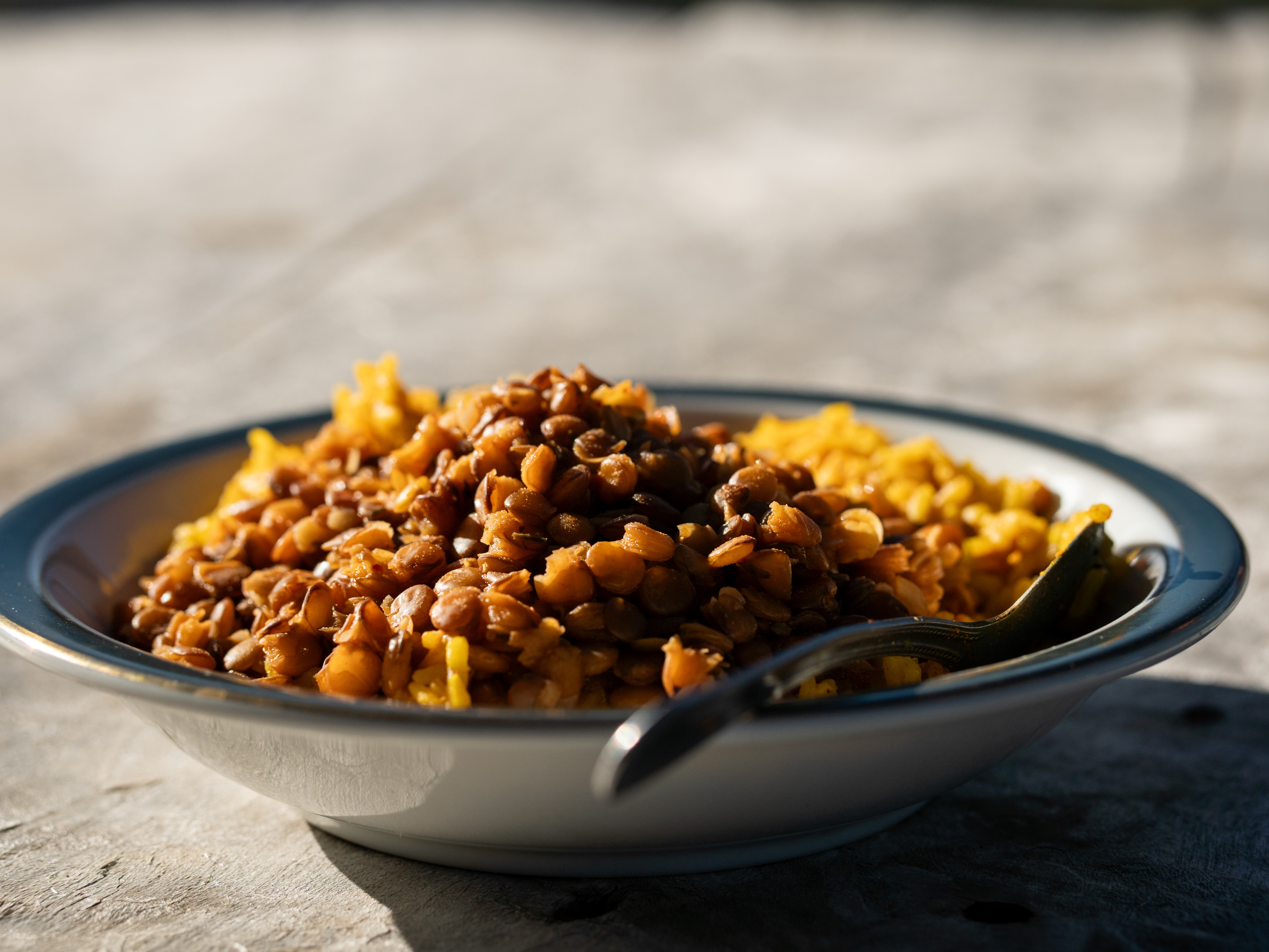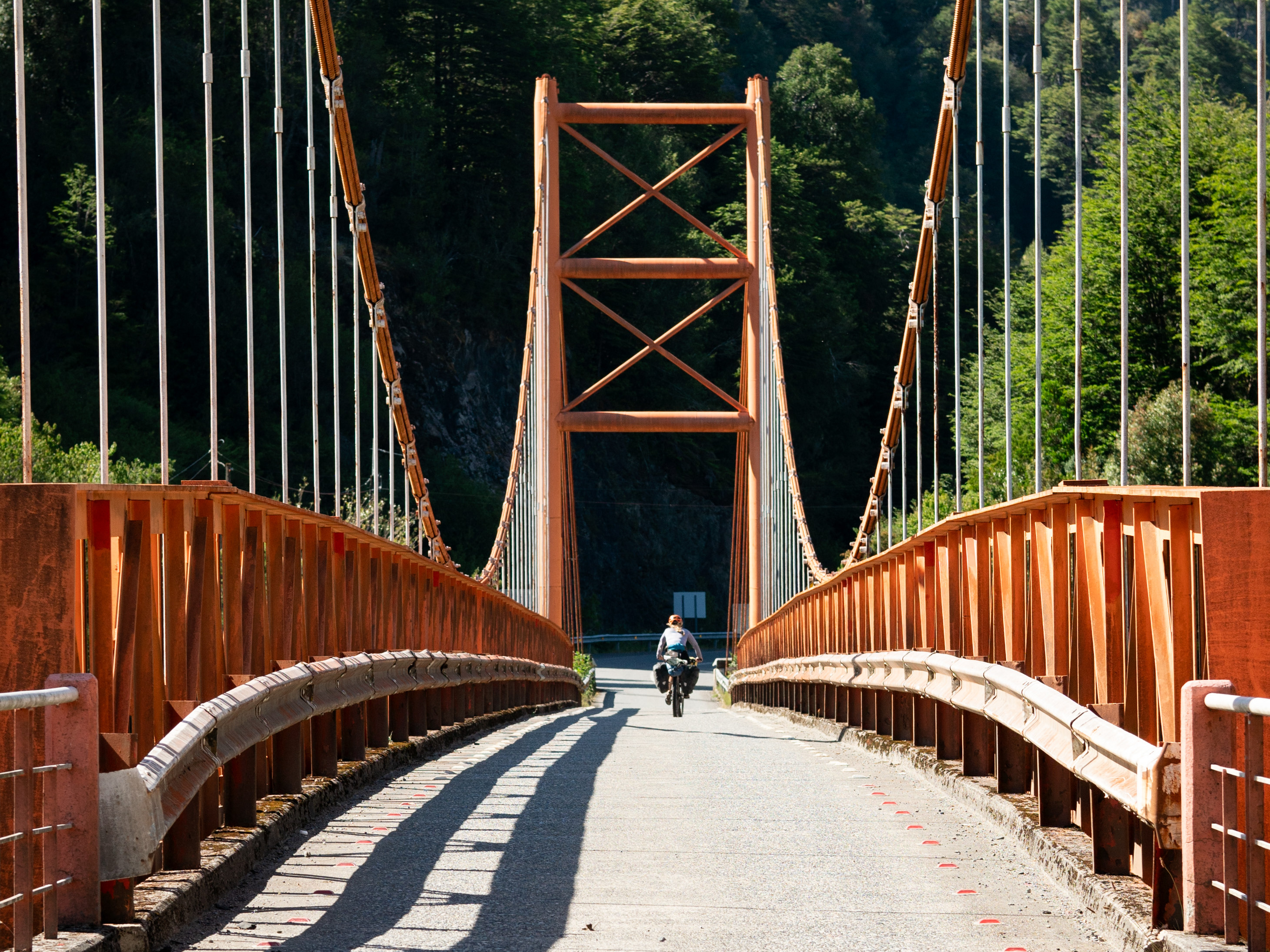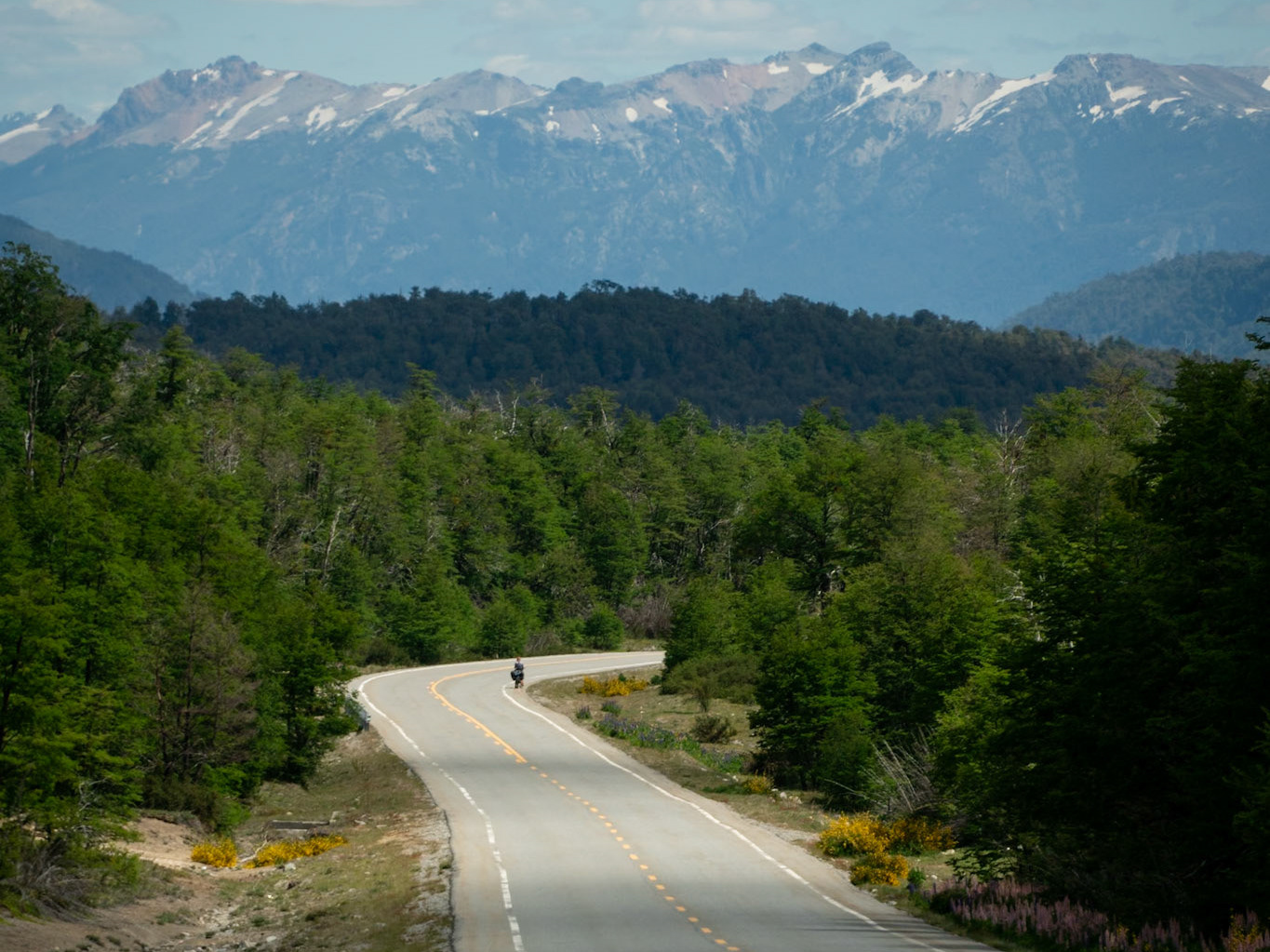Day 5 Chiguana to First Lagunas Road camp.
0700 we left camp to get ahead of the wind. The surface across the salar was great, becoming slower and sandy approaching the pass but still fast. Again, in the wind or rain it would be very exposed and likely slow. We quickly reached the start of the climb after about 1.5hrs riding.
Unfortunately, this is where the infamous Lagunas sand begins.
{Talking to some friends who followed through later it seems continuing from Chiguana to Estacion Avaroa near the Chilean border before turning southeast on Rt701 was a much faster alternative, albeit more likely to encounter traffic.}
The trail here was 25%rideable. Deep ruts filled with sand, unstable sides, bikes needing to be dragged. Ruts are discontinuous and with sudden stops. There is an extremely slim possibility that a very skilled driver and a very technically capable 4wd could traverse some of this road but it is doubtful given the depth of the ruts and discontinuity. Intermittent riding on our part was managed by finding patches between roots of plants beside the track. Others bike tyre marks and foot prints suggest similar. It was a gruelling climb despite the shallow gradient. Slowly we reached the first campsite, noted on Andy and Eileen's notes at 1100. From there the road became increasingly rideable but still it was challenging. On the plus side the opening view now looking down across the volcanic plains was quite spectacular.
The hill crest we reached at 1220 after a final diabolical hikeabike. After the crest, these flat sections were much easier to ride. We stopped for lunch at the stone shelter at about 1300. The flat saddle was still prone to sand bunkers, rock gardens and sudden ruts that could swallow a wheel but we were happy to ride ~85%.
The descent was ok, and we rode 95% of it. It was nice to have gravity on our side but we still struggled with our heavy loads on the unstable and slippery surface.
We reached the main road Junction at 15:00 after a final few hundred metres of deep sand through quite beautiful rocky lava flow. The lava flow could make for good camping as it had sheltered pockets from the wind.
The main road, RT701, was pretty good travel. Sure it had many trucks, some washboard and some dust but it was fast and 100% rideable.
We arrived at Museo La Nina de Quemes at 15:25, unsure what to expect and were pleasantly surprised by the ample supplies and amenities despite steep pricetags. (Bano 5bs!, bottle water 12b/2l!).However the proprietor was a friendly guy, who welcomely filled a niche for travellers in this empty corner. The restaurant had pretty reasonable prices for soups, llama sandwiches, pastas and all the usual high energy snacks.
We left the Museo at 1600 before a short fast ride along the main road again to turnoff to the Lagunas road proper.
The first few kms of the Lagunas Road proper seemed pretty good, some washboard but it was easy and 95%rideable.
We powered up the first hill by 1700 but already the low sun and wind had the air temperature plummeting so we started looking for a campsite. We continued to the second small hill, across the end of the first flat plain.
We found a well sheltered rocky campsite atop this hill at 1745 (have nowmarked on iOverlander) Approx S21.443722° W67.995662°. Completely hidden from road. As you just start to descend off the little saddle after the first open flat of this main lagunas road there is a large flat area about 60m away off to your left hidden from the road by a low ridge of rocks. What appears to be a fault line heads ESE and has formed some beautifully sheltered pockets from the wind. Viscachas hide amongst these hollows but are shy. We could fit one large 2p tent well out of the wind or several small 2p tents spaced around in pockets would work too. No water here.










































































































































































